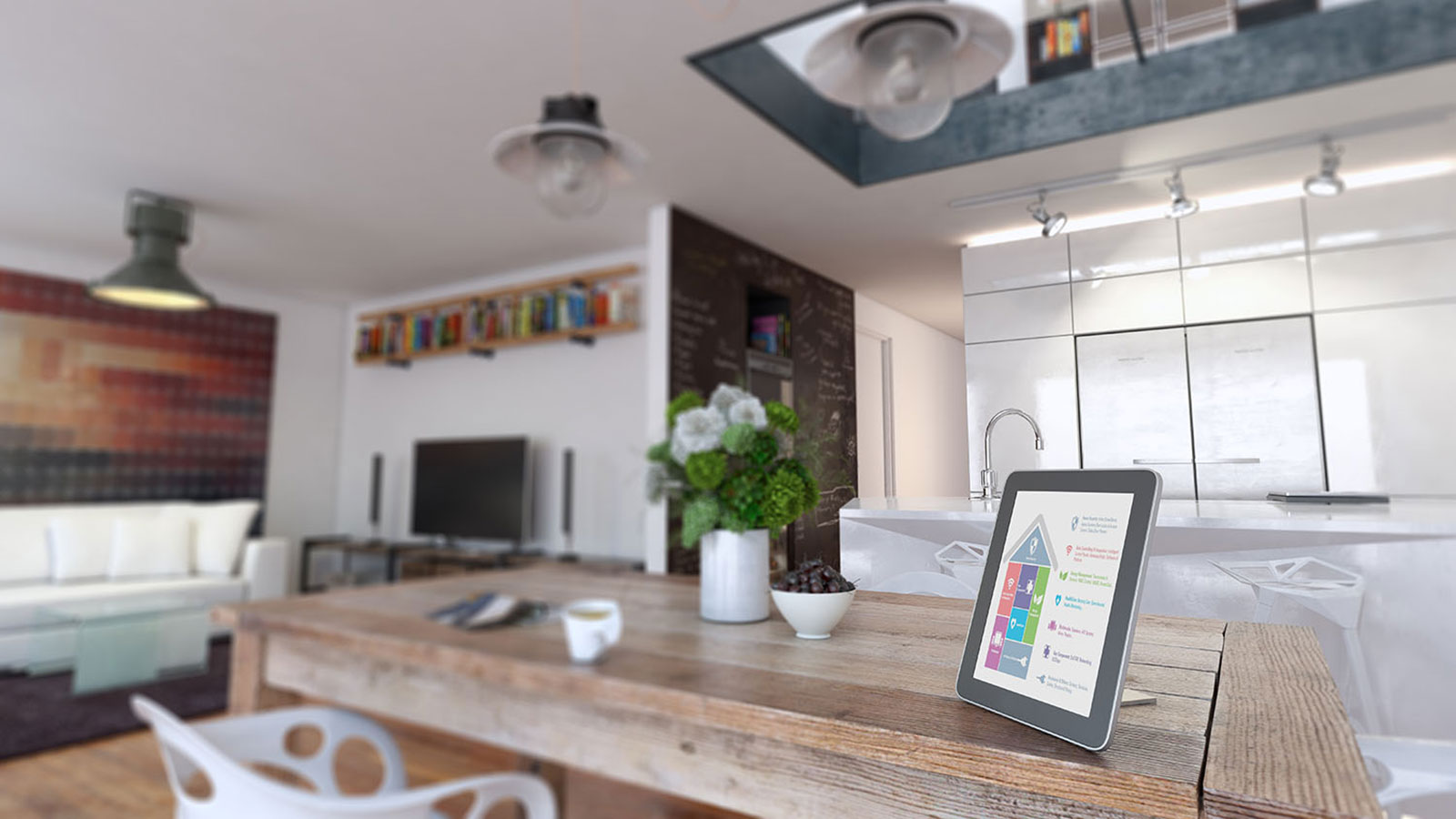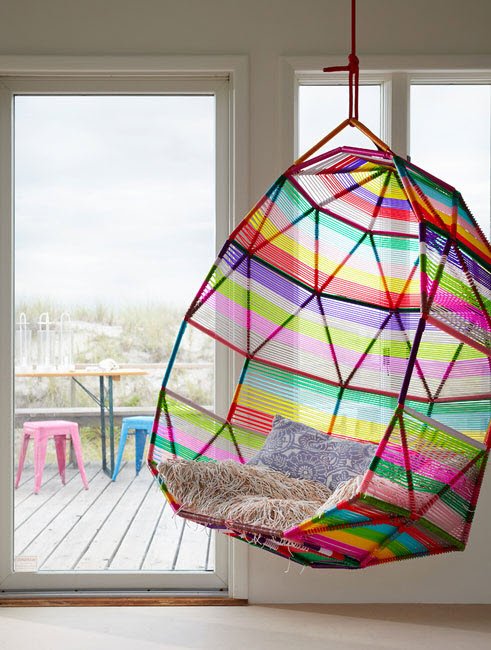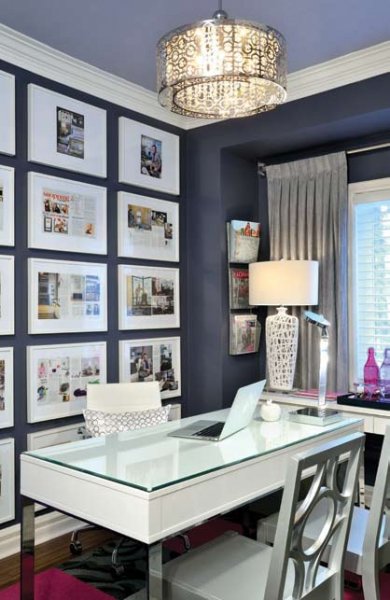Contemporary technologies like the Internet of Things (IoT) and Machine-to-machine (M2M) technologies are now gradually being incorporated into the planning and construction process of modern-day homes.
This is but natural, considering that home designs are generally determined by the prevailing level of technology of a certain time. Before the invention of cement, for example, most houses were made of wood. Similarly, when welding technology became popular, skyscrapers became possible, and homes began to sport steel roofs and scaffolds built by a welding company. This only proves the fact that technology and home designs generally go hand and hand.
The Fast-paced Technological Innovations of Contemporary Time
Contemporary technologies, however, have quickly progressed at the turn of the 21st century. Nowadays, computers have greatly improved, and smart devices have increased in number. In fact, it is estimated that by the year 2020, there will be 50 billion smart devices in this world, all capable of communicating with each other.
Moreover, sensors also have become powerful, as cameras have also become capable of counting people. These advancements in technology have already pushed the limits of home development and designing to a new level. Given these available technologies, home automation is gradually becoming a great option for most homeowners.
The improvements in home automation systems (HAS) behooves home builders to incorporate home automation into their home designs. Interior designs likewise are pushed to the hilt by the incorporation of home automation system into the concepts of interior designing. Curtains, as well as furniture and appliances, can now be fully automated. This spillover of technological advancements onto the building and designing of homes is surely inevitable.
Building a Highly Automated Living Room
The sky’s the limit when it comes to automating your home. But it would be good to simply start with automating a specific part of your home. Let’s say, you would automate your living room. Here’s what you can do to get you started with it:
- You can automate your living room’s lighting so that it would turn on and off on schedule, while at the same time, you can remotely control it.
- You can replace your old AC unit with a smart AC unit that you can remotely control.
- You can start automating your living room’s blinds to keep them shut off at night and open during the daytime.

- You can connect all the smart appliances in your home — like the smart TVs, smart sound systems, and CCTV — and other smart devices within your home network of IoT.
- You can integrate voice-recognition command into your HAS.
You can further expand your automation system by buying smart devices that are IoT-ready. You can also buy tools that are highly specialized for specific tasks. You can incorporate sensors and timers to readily turn the “not-so-smart” things in your home into smart things.
Moreover, you can buy remote-controlled outlet units that you can readily plug into any convenient outlet. You can then turn on and off any device that is connected to these remote-controlled outlet units.
Home automation is not only designed to impress your visitors. It can also help you efficiently manage your home. It can likewise help anyone with disability in your home to regain some sense of complete functionality despite their disabilities.







